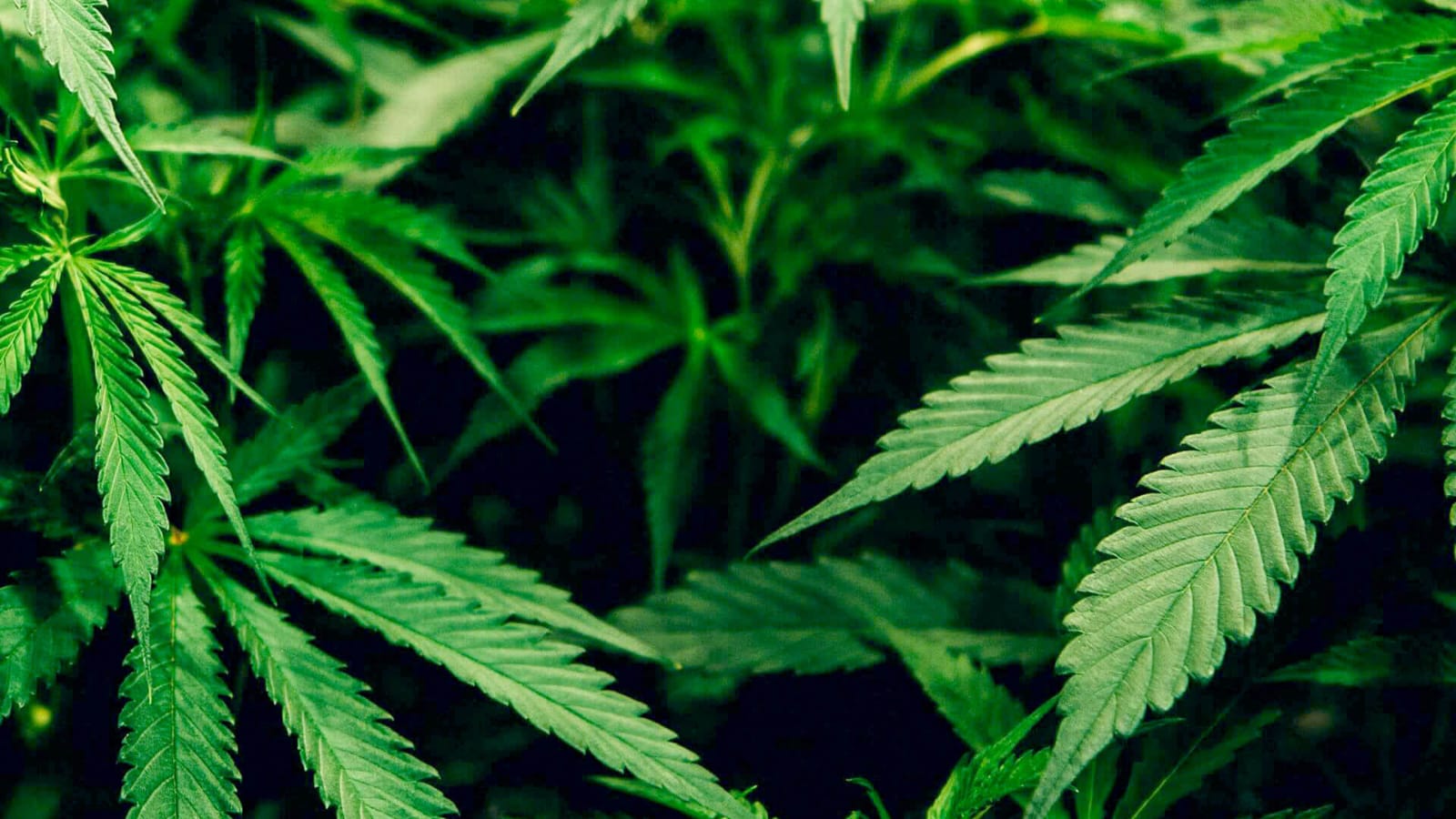Thailand Declares Martial Law as Violence Escalates Along Cambodian Border

Thailand’s military imposed martial law in eight districts bordering Cambodia, including seven in Chanthaburi and one in Trat province, as declared by the Border Defence Command under commander Apichart Sapprasert. The move aims to reinforce national sovereignty, protect Thai territory, and safeguard the lives and property of its citizens in a rapidly deteriorating security environment.
Tensions between the two neighbors have sharply escalated to their worst levels in over a decade, fueled by firefights, artillery barrages, rocket and air strikes. The violence began near Ta Muen Thom (aka Preah Vihear) temple, situated on the contested border between Thailand’s Surin province and Cambodia’s Oddar Meanchey province, and quickly spread across multiple flashpoints on both sides.
Worsening Conflict Shakes Region, Displaces Over 130,000 Civilians
As clashes intensified through Friday, over 130,000 people fled from affected border areas in Thailand and Cambodia, with Thailand reporting more than 120,000 evacuees and Cambodia approximately 4,000. Officials set up hundreds of shelters to accommodate those displaced by the bombardments.
The ongoing fighting has taken a tragic toll: 14 civilians and one Thai soldier have been confirmed killed in Thailand, while Cambodia reported at least one civilian death. Dozens more have been injured Thai authorities confirmed 14 soldiers and 32 civilians wounded, while Cambodian hospitals reported multiple casualties.
Heavy Weapons, Airstrikes, Landmines: Warfare Intensifies
Both sides have resorted to heavy weapon systems. Thailand accused Cambodian forces of using BM‑21 rocket launchers and artillery to strike civilian areas, including petrol stations, hospitals, and schools. In response, Thailand deployed one of its six US-made F‑16 fighter jets to launch retaliatory strikes.
Thai forces also cited landmine explosions injuring multiple soldiers as a precipitating factor. Though Cambodia denied recent mine-laying, it blamed older unexploded ordnance dating from past conflicts.
Diplomatic Fallout and Regional Mediation Efforts
Following the violence, Thailand and Cambodia have downgraded diplomatic ties. Cambodia expelled the Thai ambassador and recalled its own diplomats; Thailand sealed all land border crossings. Both governments have issued strongly worded statements urging the other to cease attacks and honor their sovereign borders.
The UN Security Council announced an emergency meeting to address the crisis. Meanwhile, ASEAN chair Malaysia has offered to mediate, though Thailand has insisted any ceasefire would depend on suitable “on-the-ground conditions.” Cambodia initially accepted the proposal but accused Thailand of backtracking.
Political Undercurrents: Leaders, Prisons and Dynastic Tensions
Observers note that behind the conflict lies a deeper political and personal rivalry. The leaked phone call between Thailand’s suspended former leader Paetongtarn Shinawatra and Cambodia’s former Prime Minister Hun Sen has sparked controversy in both nations. Paetongtarn’s suspension followed allegations of disparaging Thailand’s military hierarchy during that call.
Regional analysts suggest that the ongoing crisis may serve nationalist interests boosting the local credibility of Hun Manet, Hun Sen’s son, in Cambodia, and consolidating military influence in Thailand amid domestic political upheaval.
A Border Dispute Rooted in History
This explosive escalation is rooted in a century-old territorial conflict, with contested boundaries stretching over the 800-kilometer Thai-Cambodia frontier. The Temple of Preah Vihear has been at the heart of past crises, notably from 2008 to 2011. A UN ruling in 2013 stalled tensions for a decade until renewed clashes in May rekindled hostilities.
Diplomatic Breakdown Demands Urgent Multilateral Intervention
Martial law in Thailand’s border districts marks a severe step in a deepening conflict with Cambodia. The situation has turned humanitarian, with mass displacement, civilian casualties, and widespread infrastructure damage. Despite regional diplomatic initiatives, both countries face uphill challenges in de-escalating tensions rooted in territorial disputes, domestic politics, and national pride.
Underlining the urgency of the moment, international actors from the UN to ASEAN members emphasize mediation and protection of civilians. Yet political rivalries and mutual distrust threaten to prolong the crisis. As the border dispute escalates into violent confrontation, this moment stands as one of Southeast Asia’s most volatile since 2011.








1 Comment
[…] a dramatic turn of events in Southeast Asia, Thailand and Cambodia, two historically tense neighbors, have signaled a readiness to move from combat to conversation. […]
Comments are closed.